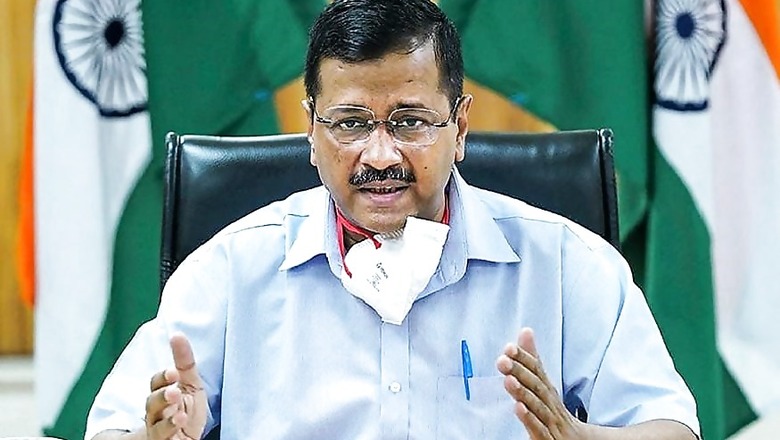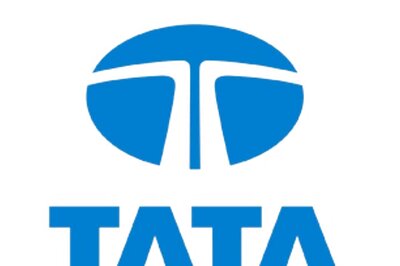
views
In the midst of the crisis caused by Coronavirus in the national capital, an emerging tragedy which has failed to find focus is the state of the 12 Delhi University colleges that are funded by the Delhi government. There has been no disbursement of salary for the teachers and non-teaching staff of these colleges since the month of April this year.
These colleges are – Shaheed Sukhdev College of Business Studies, Bhim Rao Ambedkar College, Mahrishi Valmiki B.Ed College, Maharaja Agrasen College, Shaheed Rajguru Women’s College, Deen Dayal Upadhyay College, Indira Gandhi College of Physical Education, Bhaskaracharya College, Acharya Narendra Dev Women’s College, Keshav Mahavidyalay, Bhagini Nivedita Women’s College and Aditi Women’s Mahavidyalaya.
In addition to the salary, there has been no encashment of the medical bills, pension bills and retirement benefits. The situation has arisen following the Delhi government going almost bankrupt in the midst of the Coronavirus crisis. There are also reports of doctors working in Delhi government-run hospitals not being paid their salary.
While the Arvind Kejriwal-led Delhi government has kept its poll promise of free power, free water and free bus travel, it has in the process lost its way on how to mobilise funds to pay salary to its employees. This situation in the 12-Delhi government funded colleges has created a class system within Delhi University.
The prestigious university has over 80 colleges affiliated to it. In 68-odd colleges funded by the University Grants Commission (UGC), the salaries and other dues are being paid on time. However, in 12 colleges funded by Delhi government, though governed by the same university statutes and ordinances, there has been no payment for the past three months. To understand the issue, one has to go into the history of the founding of these colleges.
Sometime in the 1980s, a proposal was moved in the Delhi Metropolitan Council, which was the predecessor to the Delhi Assembly, to establish more colleges given the ever-growing population of the national capital. Since the central funds were not forthcoming, it was decided that these colleges could be funded by Delhi Government (then called Delhi Administration).
Thus a few colleges were set-up around 1990. In 1993, Delhi got its legislative assembly and Madanlal Khurana became the Chief Minister. He gave a push to this policy. Thus, by the time Sheila Dikshit came to power in 1998, 12 colleges had already been established under this funding model.
Sheila Dikshit went against the idea of opening any new colleges under Delhi University and instead drew a roadmap for state-run universities. However, she also consolidated on the work done by her predecessors and strengthened the 12 existing colleges by providing them land, building and quality infrastructure to match the best of the colleges in the country.
Thus, across the national Capital came up huge educational infrastructure, turning Delhi into an education hub. During Dikshit’s time and before her, during the BJP’s rule too, funds never became an issue in running these colleges.
However, the Aam Admi Party (AAP), which came to power claiming that it would open 100 new colleges in the national capital, has followed policies that has caused much decay in the system. In the past six years, it has miserably failed to regularly sanction grants for these colleges, on some pretext or the other.
Funding is important for day-to-day functioning of these college as they follow the norms prescribed by University of Delhi, which demands that the colleges charge nominal fees from the students and the same be utilised on student related welfare activities only.
Since most of these colleges impart education at the under-graduate level, they don’t generate much funds from other sources such as patents, intellectual property etc, thus making them largely dependent on government for funding. The scope for introducing self-financing courses too is limited given the space and time restrains.
Even if self-financing course are allowed, it would never be sufficient to replace government funding which comes in forms of Grant In-Aid Salary, Grant In-Aid-Other than Salary and Grant-in-Aid Capital Assets. While there may issues of government running short of funds during the pandemic, sometimes the delay in salary are also caused by political reasons.
Ever since the AAP government has come to power, Education Minister Manish Sisodia has several times gone on record to say that Grant In-Aid of these 12 colleges would get delayed in case the Governing Body of these colleges are not formed due to administrative delay at the University or Government level.
Point to be noted is that the teachers and the other employees of a college have no role in formation of the Governing Body. However, they are made to suffer due to turf war between the university and the government on nominations to the governing body.
In the absence funds, the colleges have also been forced to not make any permanent appointments on the posts falling vacant and the teaching-learning and administrative work is being done in large number of cases by those employed on contractual basis.
Same is the case when it comes maintaining infrastructure which is dependent on Grant In-Aid for Capital Work. Once the grant is sanctioned by funding authority, it should be allowed to be procured by the institution following due procedure, however, these 12 colleges are again and again made to submit different proposals for different items and seek re-approval, resulting in administrative delays and consequently non-utilization of Grant in-Aid.
This whole issue of failure of fiscal management on the part of the Delhi government has put the careers of over two-lakh students, livelihood of over 1,000 teachers and as many, if not more, administrative staff members into a jeopardy. The solution probably lies in the Delhi University, with the help of the UGC, taking over the funding of these colleges and end an obnoxious system of fiscal diarchy prevalent in these colleges.



















Comments
0 comment